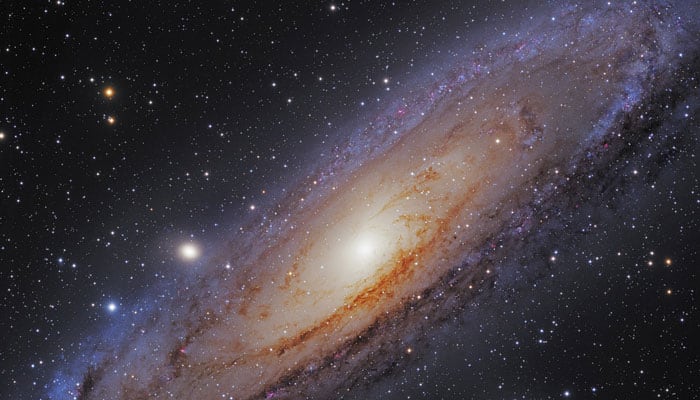Washington DC: Fossils of galaxies have revealed the formation and evolution of massive galaxies.
An international team led by researchers at Swiss Federal Institute of Technology in Zurich observed massive dead galaxies in the universe 4 billion years after the Big Bang with the Subaru Telescope's Multi-Object InfraRed Camera and Spectrograph (MOIRCS).
They discovered that the stellar content of these galaxies is strikingly similar to that of massive elliptical galaxies seen locally. Furthermore, they identified progenitors of these dead galaxies when they were forming stars at an earlier cosmic epoch, unveiling the formation and evolution of massive galaxies across 11 billion years of cosmic time.
In the local universe, massive galaxies hosting more than about 100 billion stars are predominantly dead elliptical galaxies, that is, without any signs of star-formation activity. Many questions remain on when, how and for how long star formation occurred in such galaxies before the cessation of star formation, as well as what happened since to form the dead elliptical galaxies seen today.
In order to address these issues, the research team made use of fossil records imprinted by stars in the spectra of distant dead galaxies which give important clues to their age, metal content, and element abundances. Local massive dead galaxies are about 10 billion years old and rich in heavy elements.
Analysis of the composite spectrum shows that the age of the galaxies is already 1 billion years old when observed 4 billion years after the Big Bang. They host 1.7 times more heavy elements relative to the amount of hydrogen and their alpha-elements are twice enhanced relative to iron than the solar values. The measurement of alpha-element abundance in stars tells that the duration of star formation in these galaxies was shorter than 1 billion years. These results reveal that these massive dead galaxies have evolved to today without further star formation.
The study is published in Astrophysical Journal.
















